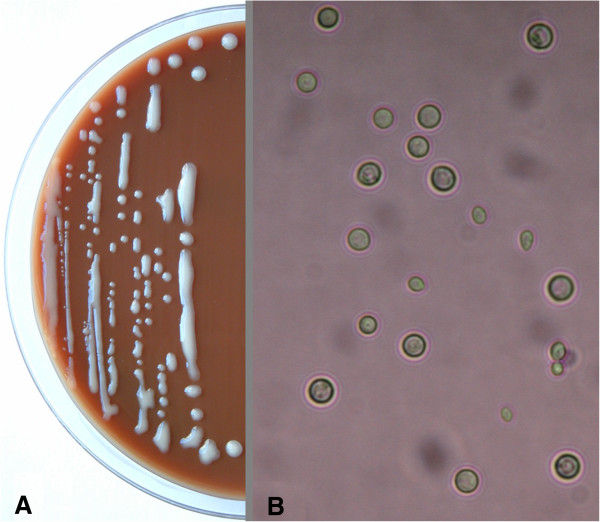Fungi That Eats Up Radioactive Materials!!
- DHRUVI GOHIL
- Jul 23, 2023
- 2 min read
Fungi are eukaryotic microorganisms that include Yeats, molds, and mushrooms. They help in decomposition, and nutrient recycling and have an immense role to play in our ecosystem. Fungi also possesses lots of benefits for humankind and other living beings. The fungi either thrive on dead materials, living organisms, or in association but have you ever heard of any organism which could absorb radiation to grow to its fullest?

We all are aware of the 'Chernobyl disaster' wherein the nuclear reactors exploded releasing radioactive materials into the atmosphere which caused lots of fatalities. Even today the sites of the explosion have been sealed off and no one other than scientists are allowed to visit the place. Currently, the radiation level in Chernobyl sites ranges from 0.2 to 13.6 uSv/hour or around 10 million rem. About 100 rem of radiation can kill a human being in an hour.

After five years of the disaster, a fungal strain known as Cryptococcus neoformans was found by scientists. Cryptococcus causes cryptococcosis in humans with weak immunity. It grows radiotrophically as a yeast.
Photo credit-www.researchgate.net
Recently the astonishing benefits to humankind of this fungi were discovered. Scientists came to the conclusion that this microorganism was able to absorb the surrounding radiation at the Chernobyl site. This fungus works as a mycoremediation agent by feasting over radioactive materials.
Photo credit-www.researchgate.net
But how could a microorganism perform such a dangerous task? Let's check this out.
Cryptococcus is a melanin-containing fungal strain, a pigment found in humans that gives the skin its darkness and also protects our cells from UV radiation by electron transfer. Similarly, melanin is present at a high level in fungi absorbing ionizing radiations and converting them to chemical energy. This pigment in fungi acts as an energy transformer and the process is called radiosynthesis. The process is similar to the intake of carbon dioxide by plants to produce energy using chlorophyll pigment. Cryptococcus also contains radiation-resistant genes which are upregulated when the fungi is exposed to high radiation levels.

Researchers used two types of mushrooms one with natural melanin and the other in which melanin was injected. The mushrooms were exposed to radiations 500 times stronger than the usual ones(5 rem). It resulted in an awestruck conclusion that both of them grew faster than when exposed to normal radiation. This proved that melanized fungi can absorb a lot of radiation than what we can imagine.
Melaninized fungi are also found in other high-radiation sites such as Fukushima nuclear disaster sites and the Antarctic mountains.
Photo credit-www.bbc.com
This melanized fungi could play a very essential role in space. The fungi can potentially be used by astronauts to protect themselves from space radiation. In 2019, researchers from Johns Hopkins University sent cryptococcus-derived melanin to the International space station (ISS) where the astronauts are testing the abilities of fungal-derived melanin to protect against radiation in space. The results and conclusions will be out soon.

Microorganisms are little thrivers capable of doing any extreme tasks such as changing conditions in an ecosystem or eating up radioactive material.




Comments